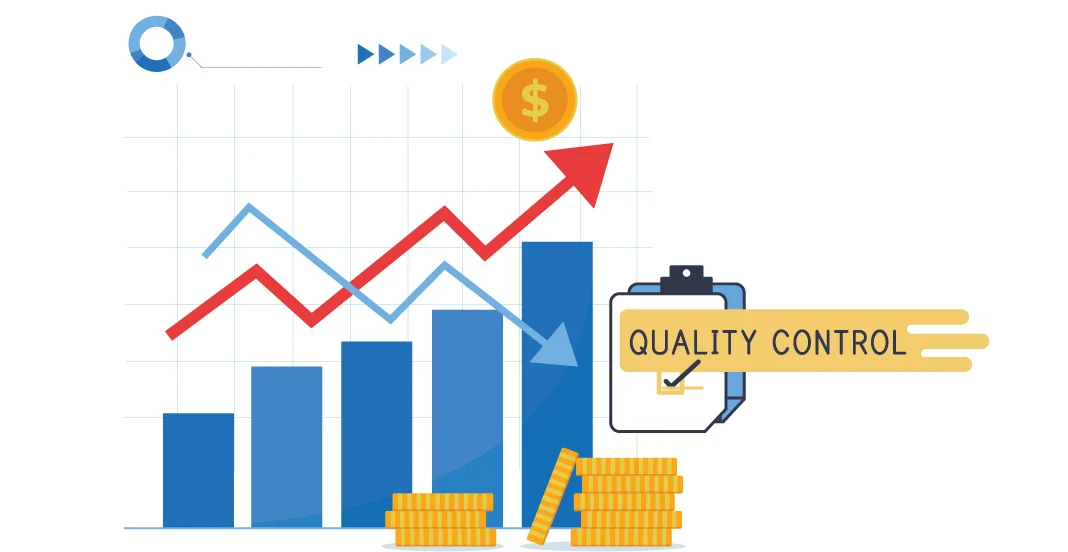
About Course
Statistical Quality Control (SQC) is a set of statistical techniques used to monitor, analyze, and improve the quality of processes and products. SQC is applied across various industries to ensure that manufacturing and business processes meet defined quality standards. Here are key components and methods within Statistical Quality Control:
1. Control Charts:
- Purpose: Monitoring and controlling the variation in a process over time.
- How it works: Data points from the process are plotted on a chart with control limits. Patterns or trends beyond these limits indicate a potential issue.
2. Process Capability Analysis:
- Purpose: Assessing the ability of a process to produce products within specified tolerance limits.
- Key Metrics: Cp, Cpk, Pp, Ppk.
3. Histograms:
- Purpose: Representing the distribution of a set of data.
- How it works: Data is grouped into intervals (bins), and the frequency of observations in each interval is depicted in a bar chart.
4. Check Sheets:
- Purpose: Collecting and organizing data in a systematic way.
- How it works: A simple form is used to tally occurrences of specific events or defects.
5. Scatter Diagrams:
- Purpose: Examining the relationship between two variables.
- How it works: Data points are plotted on a graph to visualize patterns or trends.
6. Fishbone Diagram (Ishikawa or Cause-and-Effect Diagram):
- Purpose: Identifying and categorizing potential causes of a problem.
- Categories: Man, Machine, Method, Material, Measurement, Environment.
7. Six Sigma:
- Purpose: A systematic methodology for process improvement to achieve near-perfect performance.
- Key Principles: DMAIC (Define, Measure, Analyze, Improve, Control).
8. Statistical Sampling:
- Purpose: Examining a subset of data to make inferences about the entire population.
- Methods: Random sampling, stratified sampling, systematic sampling.
9. Acceptance Sampling:
- Purpose: Deciding whether to accept or reject a batch of products based on a sample.
- Methods: Single sampling plans, double sampling plans.
10. Regression Analysis:
Student Ratings & Reviews

No Review Yet


